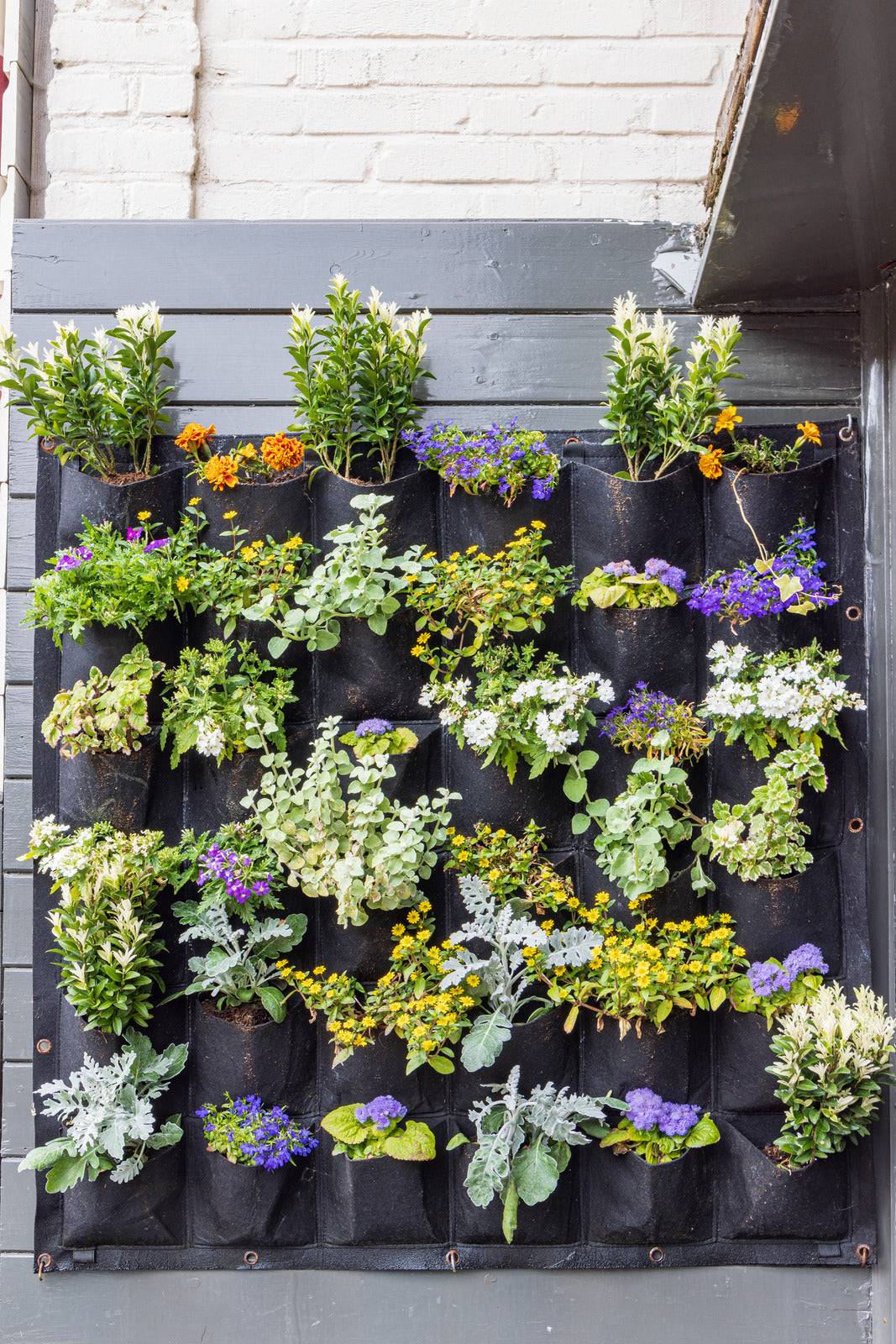
Unlock the Secrets of Vertical Farming: DIY Tiered Gardens for Beginners
|
|
Time to read 4 min
|
|
Time to read 4 min
Hey there, green thumbs! If you're itching to take your gardening game to the next level, you're in the right place. Seed Armory is here to inspire and inform fellow gardeners on all things survival gardening. Today, we're diving into the wonderful world of tiered gardens for beginners and exploring how they can transform your green space. Whether you have a sprawling backyard or just a sunny balcony, creating a tiered garden is a fantastic way to maximize your growing space. Let's unlock the secrets of vertical farming and get those DIY tiered gardens flourishing!
Embarking on a journey to elevate your gardening experience? You've come to the right place! Today, we're delving into the enchanting realm of tiered gardens, unraveling their potential to metamorphose your green space into a botanical masterpiece. Regardless of whether you possess an expansive backyard or a sun-kissed balcony, crafting a tiered garden stands as a splendid method to optimize your growing area. Join us as we unveil the secrets of vertical farming and guide you in cultivating flourishing DIY tiered gardens!
First and foremost, let's demystify tiered gardens, also recognized as vertical gardens or tiered planters. These ingenious gardens operate akin to a cascading staircase, stacking plants in layers. Beyond the aesthetic appeal, this design maximizes space utilization, allowing for the cultivation of diverse plants within a confined area.
Venturing into vertical gardening boasts myriad advantages, catering to both novices and seasoned gardeners. The vertical arrangement optimizes sunlight exposure, enhances air circulation, and streamlines the processes of watering and harvesting. This space-efficient solution particularly caters to those constrained by limited square footage, offering a breath of fresh air to urban gardeners.
Before you commence constructing your tiered garden, identify the ideal location. Seek out an area basking in sunlight, as most plants thrive with a minimum of six hours of sunlight daily. Whether it's a balcony, patio, or backyard, ensure your chosen location boasts easy access to water. Also, check if the crop's seeds you want to grow are specific to your zone for optimal growing conditions.
When selecting plants, bear in mind that not all green companions are created equal. Consider the sunlight requirements, water needs, and growth habits of your chosen plants. Opt for a variety, incorporating herbs, succulents, and trailing plants to craft a visually captivating and textured display.
Now, the exciting part—building your tiered garden. Here's your checklist:
Embark on the step-by-step assembly:
Proper watering is the cornerstone of a healthy tiered garden. By understanding the water needs of each tier, you can prevent issues like overwatering and promote optimal growth. Regular moisture checks and adjustments to your watering routine are key practices. A vertical garden can also be made of PCV piping, which is great for hydroponic watering set ups. Read on in our article about hydroponics so that you can understand the basics.
Regular maintenance is essential for the long-term success of your tiered garden. Think of it as tending to a living artwork. Pruning, trimming, and pest management are tasks that ensure your garden stays visually appealing and thrives.
Design is where your tiered garden can truly shine. By experimenting with colors, textures, and varying plant heights, you can create a visually stunning landscape. Consider the play of light and shade to add depth and intrigue to your tiered oasis.
In summary, the key to unlocking the secrets of vertical farming through DIY tiered gardens lies in the trifecta of proper watering, regular maintenance, and creative design. Mastering the art of watering wisely, ensuring consistent upkeep, and experimenting with design elements can transform any space into a lush, green haven. With careful planning, the right materials, and a sprinkle of creativity, your tiered garden will evolve into a captivating vertical landscape. Whether you're a novice or an experienced gardener, embrace the tiered gardening approach and witness your green oasis thrive. Happy gardening!
